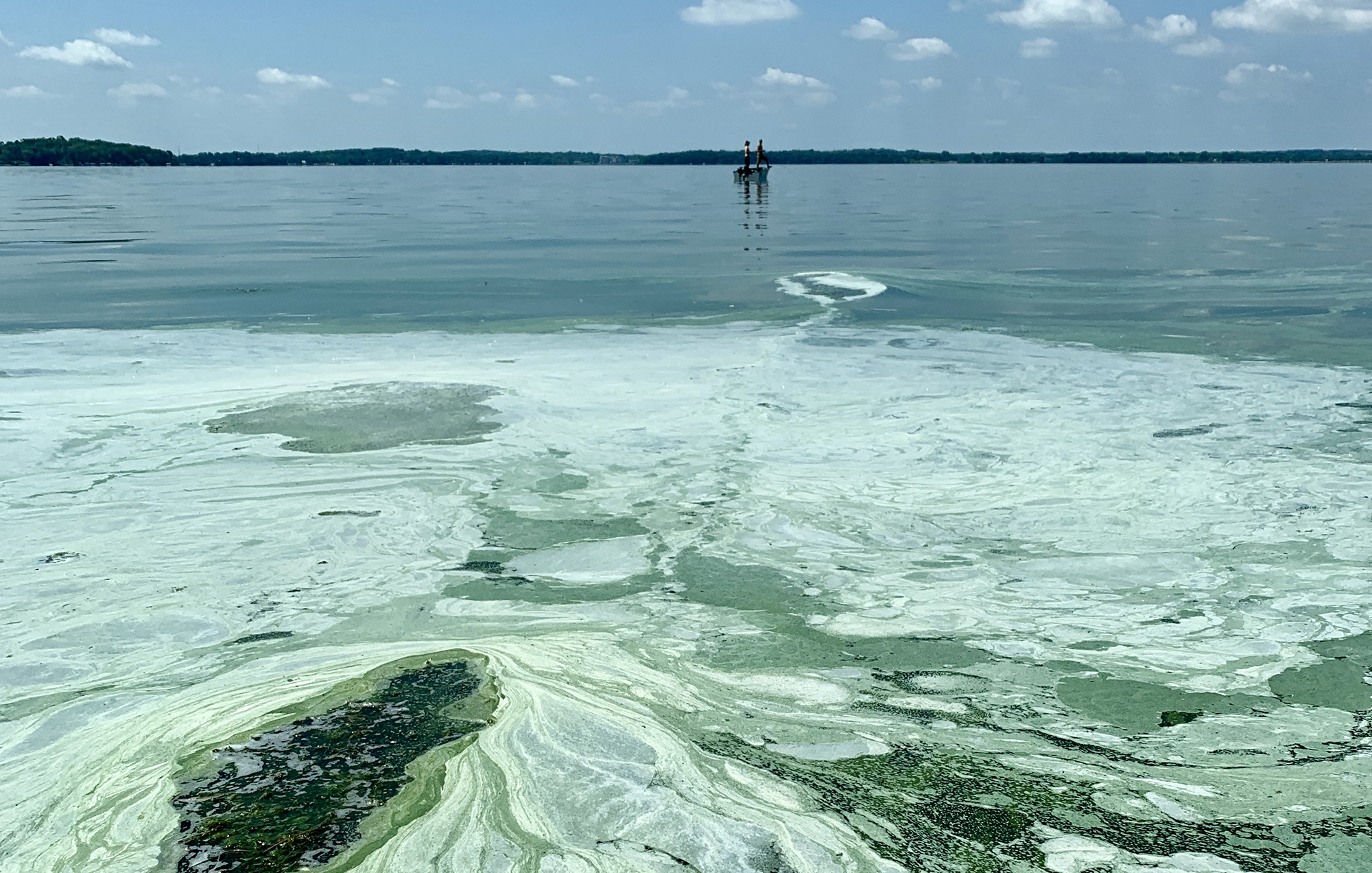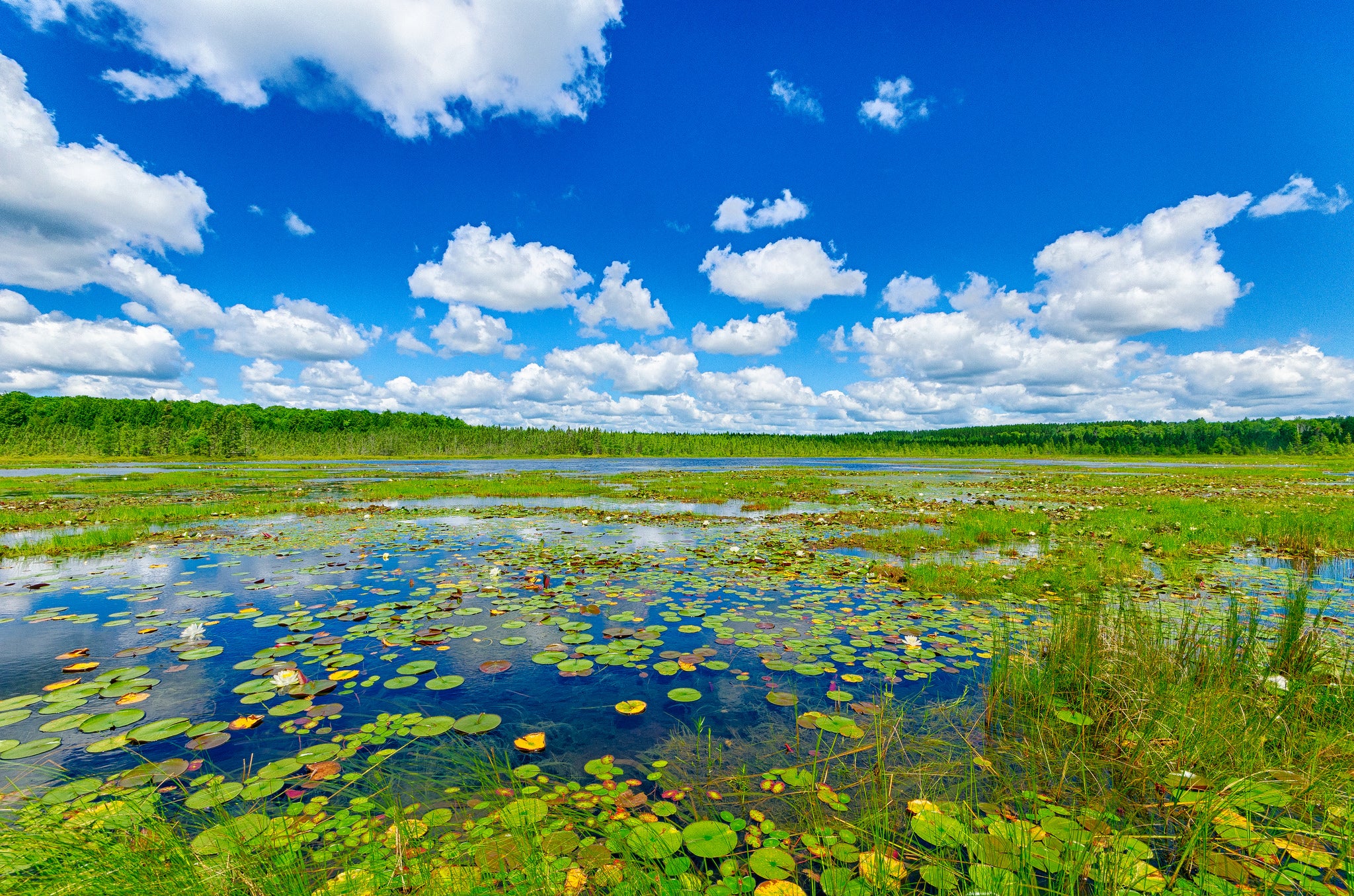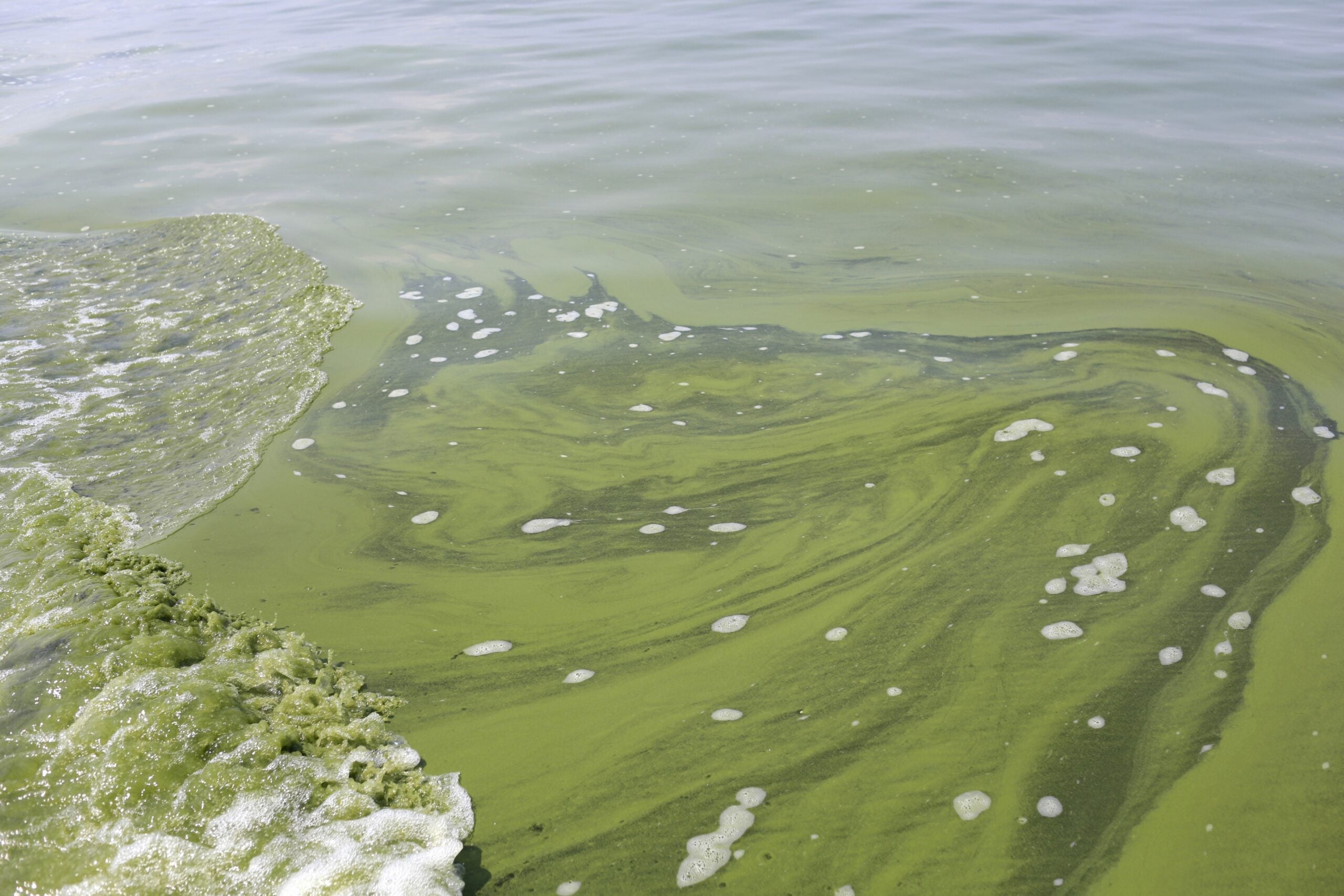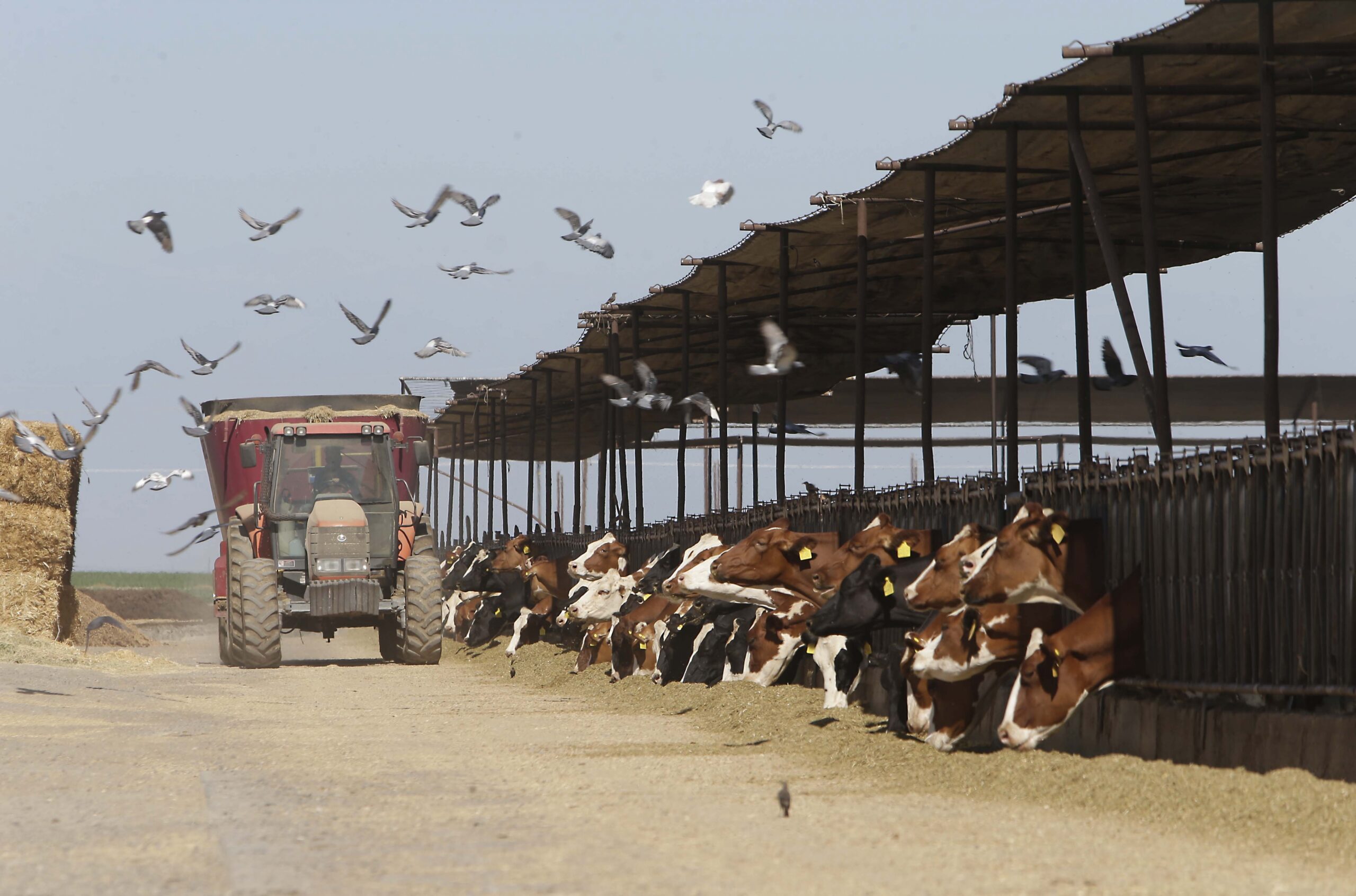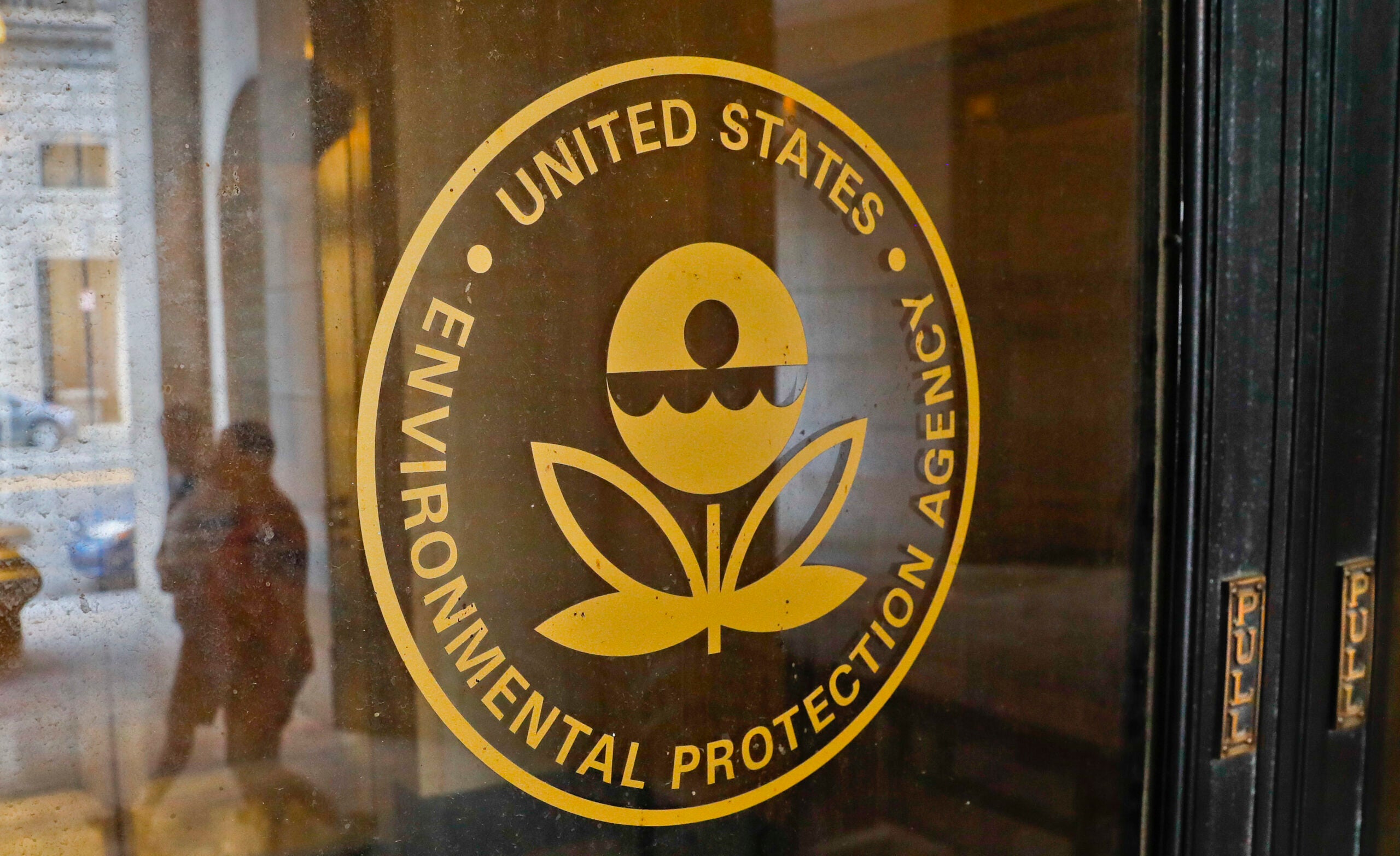The Wisconsin Department of Natural Resources is adding to the state’s list of polluted waterways, but more waters are being restored in recent years.
State environmental regulators are proposing to add 51 new water bodies to the state’s list of polluted waters for 2024, as well as 81 new listings for pollutants in waterways. Phosphorus and aquatic plants account for the majority of pollution under new listings.
The DNR identifies rivers and lakes with impaired water quality every two years to meet requirements under the federal Clean Water Act. The agency lists waters as “impaired” if they don’t meet water quality standards and possibly prevent fishing, swimming or recreation in those waters. A restoration plan is required for waterways listed as impaired.
News with a little more humanity
WPR’s “Wisconsin Today” newsletter keeps you connected to the state you love without feeling overwhelmed. No paywall. No agenda. No corporate filter.
Kristi Minihan, the DNR’s water quality standards specialist, said more than 80 percent of Wisconsin’s lakes and rivers are healthy, mirroring a long-term trend. While most waterways are in good condition, the agency has identified 1,258 polluted waters. That’s around 200 fewer than the 1,465 impaired waters reported by the agency in 2020, according to DNR figures.
“The reason that some of those waters have been removed from the impaired waters list is because they’re now in restoration, so now they’re covered under restoration plans,” Minihan said. “That’s a positive thing that we have been able to get so many restoration plans in place for some of these water bodies.”
The DNR is proposing to add 20 waters to the state’s list for those undergoing restoration. That list is made up of waters that already have a restoration plan approved by the Environmental Protection Agency. State regulators want to remove 22 waters from its list of polluted waterways, many of which had phosphorus pollution.
Phosphorus is an essential nutrient that’s commonly found in fertilizers, sewage and other waste. Too much phosphorus from industrial, municipal or farm runoff can fuel the growth of algae in water and potentially harm property values and public health. Wisconsin implemented new phosphorus criteria for rivers, lakes and streams in 2010.
Some water bodies are listed for multiple pollutants, and some of the new listings are for waters that are already impaired. Overall, the state’s impaired waters are listed for 1,481 pollutants. The number of polluted waterways is up 70 percent since 2008, increasing from 738 to 1,258 waters under the 2024 draft list.
Minihan said there are several reasons for the increase. She said that includes the establishment of new water quality standards, more water assessments and technological advancements that allow staff to review more data over time.
Minihan said this list reflects the first time the DNR has used new thresholds for aquatic plants that were approved by the Legislature. She said they often see plants decline before discovering signs of algae growth where water quality is suffering.
“We’ve been doing aquatic plant surveys for many years, but now we’re using those results to determine if a lake is healthy based on its plant community. So there are new listings for that,” Minihan said. “There are a few new listings for rivers that have higher algae levels, and then there are a few new listings for water bodies that have levels of PFAS that are higher than the water quality standards that were recently approved by the Legislature.”
The DNR is adding the Oconto, Menominee and Peshtigo rivers along with Green Bay to its list impaired waters for PFOS. Lake Mohawksin in Lincoln County, Castle Rock Lake in Adams and Juneau Counties, and Angelo Pond in Monroe County are also impaired due to the chemical.
PFOS is one of the most widely studied PFAS or per- and polyfluoroalkyl substances.The class of synthetic chemicals can be harmful to human health, and they don’t break down easily in the environment. The new listings are associated with recent fish consumption advisories.
Wisconsin has around 86,000 miles of streams and 17,000 lakes, as well as 650 miles of Great Lakes coastline and more than 5 million acres of wetlands.
The DNR is seeking public comment on its draft list, and a virtual public meeting will be held on Nov. 20. The agency plans to submit a final draft to the EPA in April of next year.
Wisconsin Public Radio, © Copyright 2026, Board of Regents of the University of Wisconsin System and Wisconsin Educational Communications Board.
